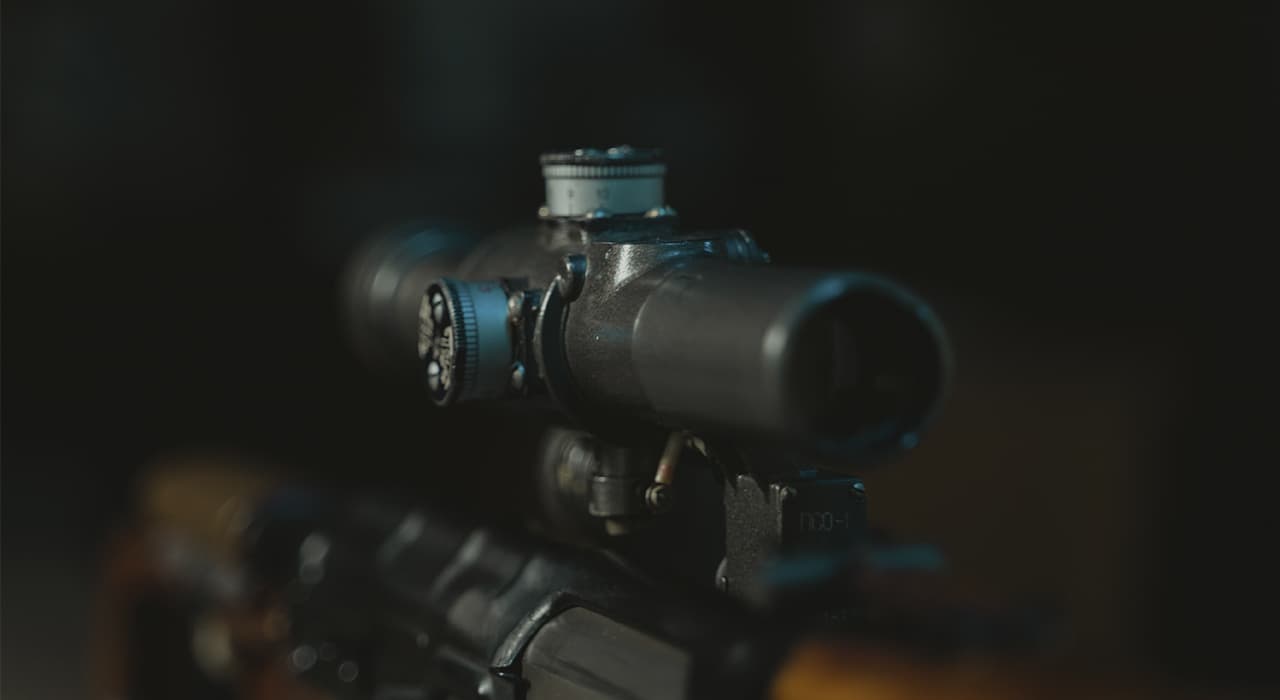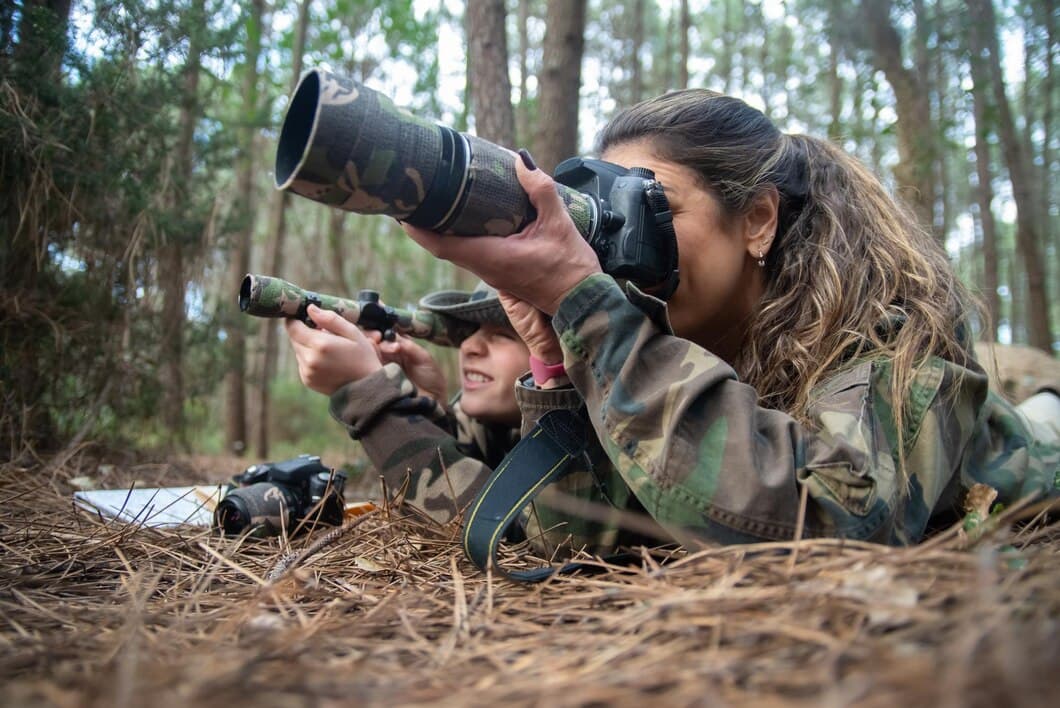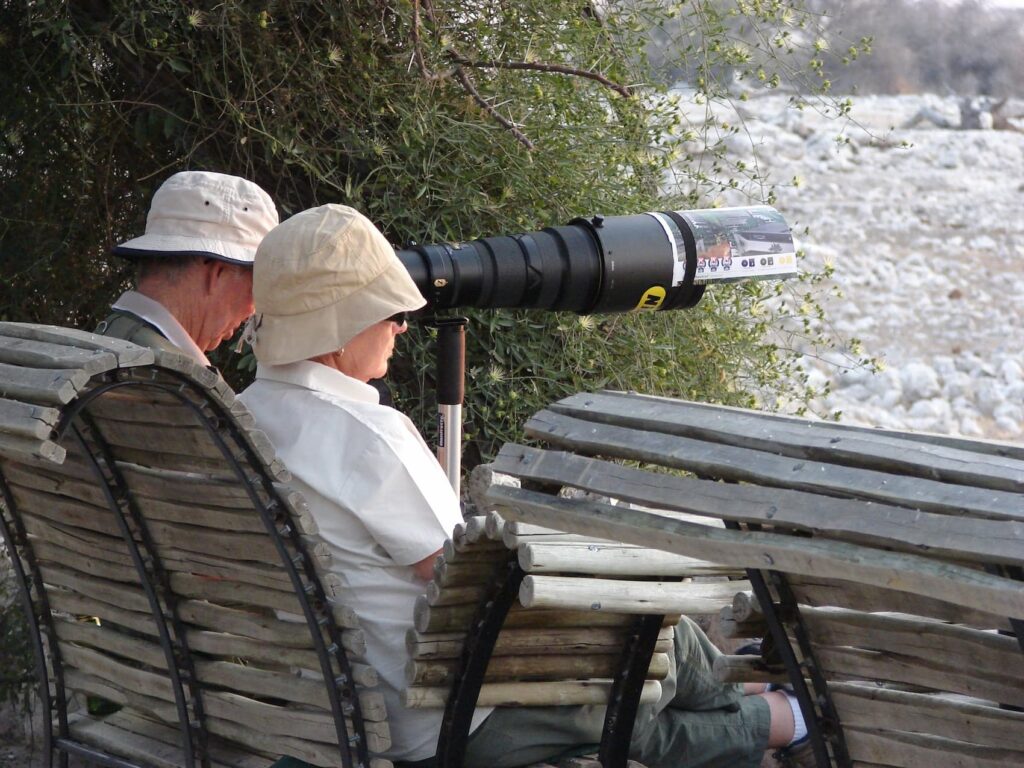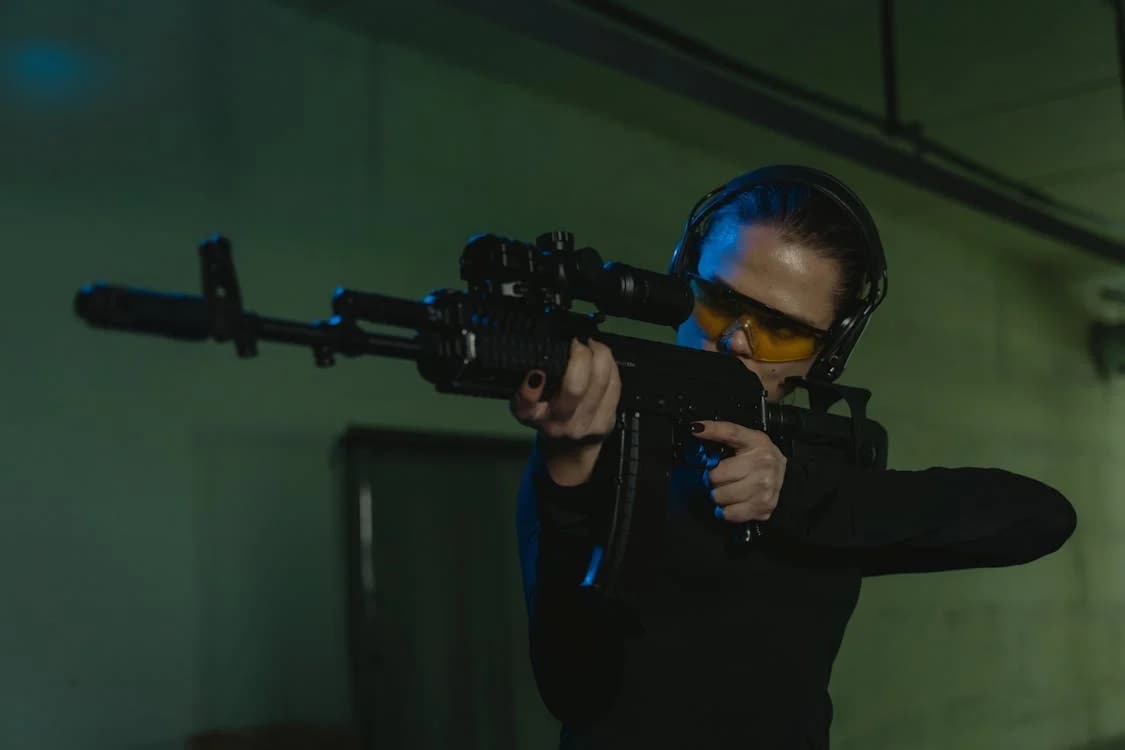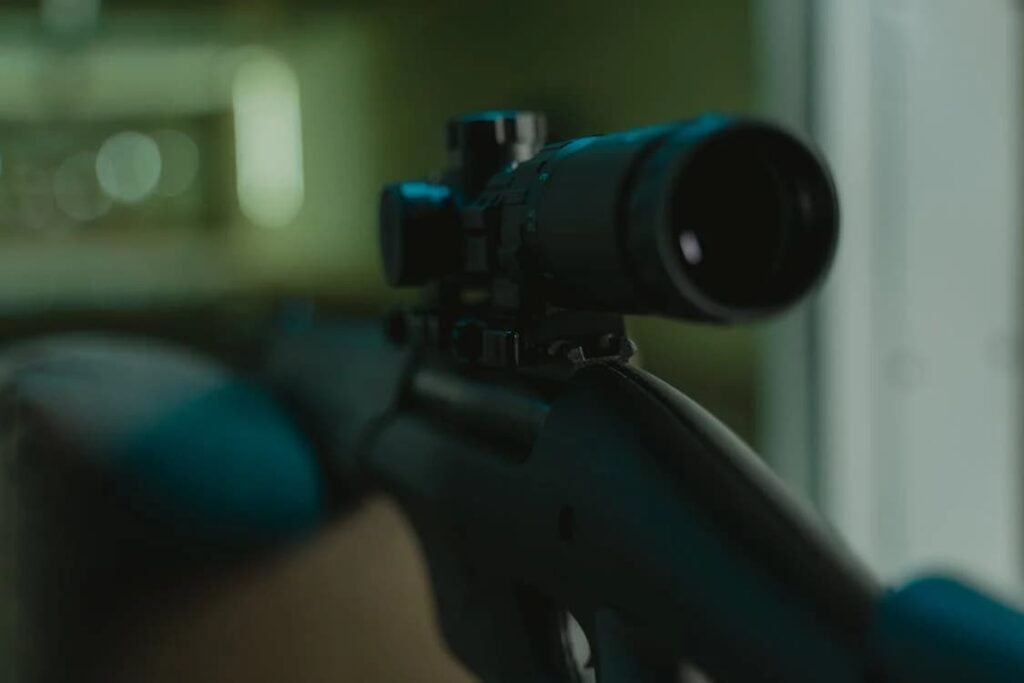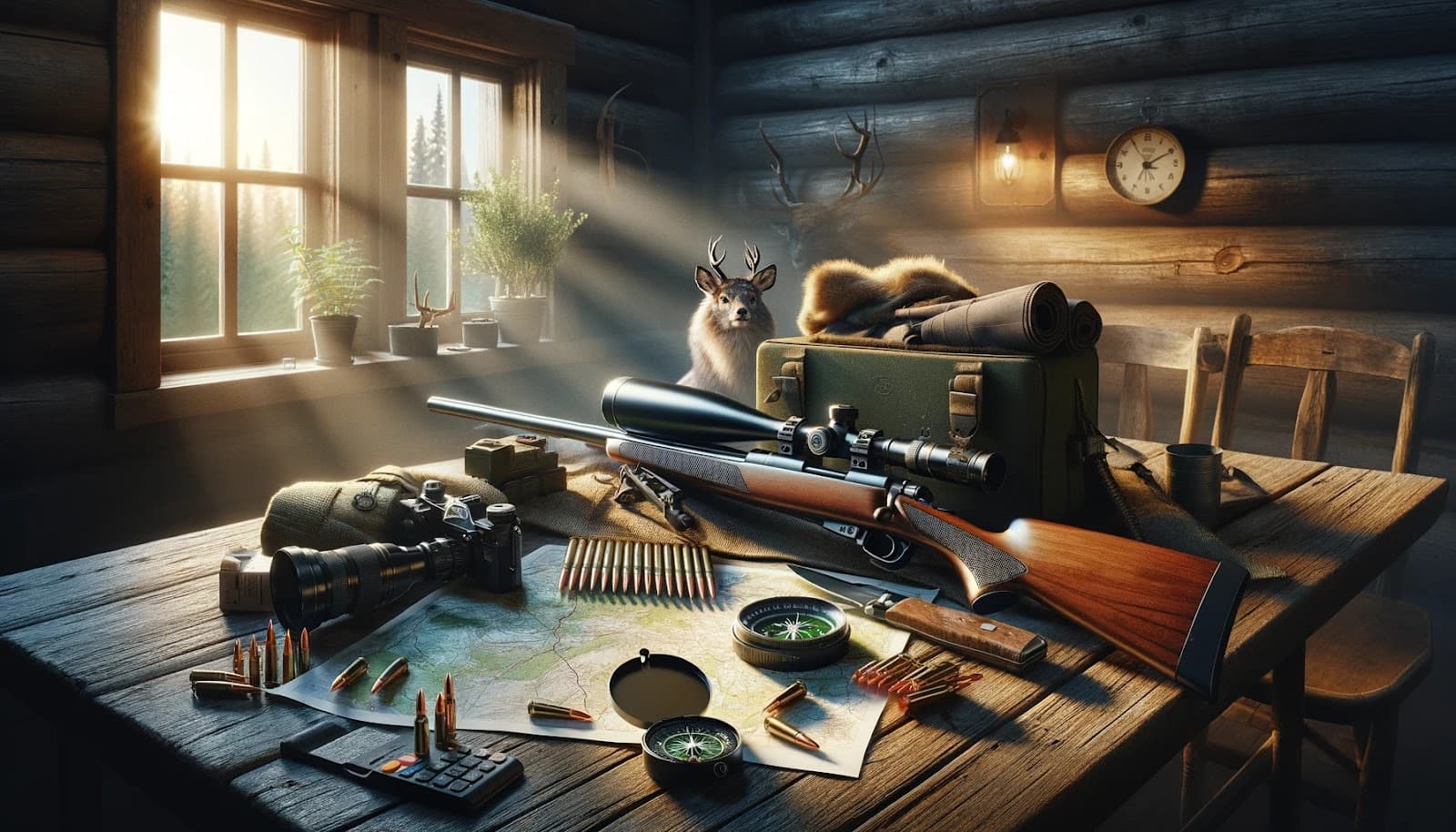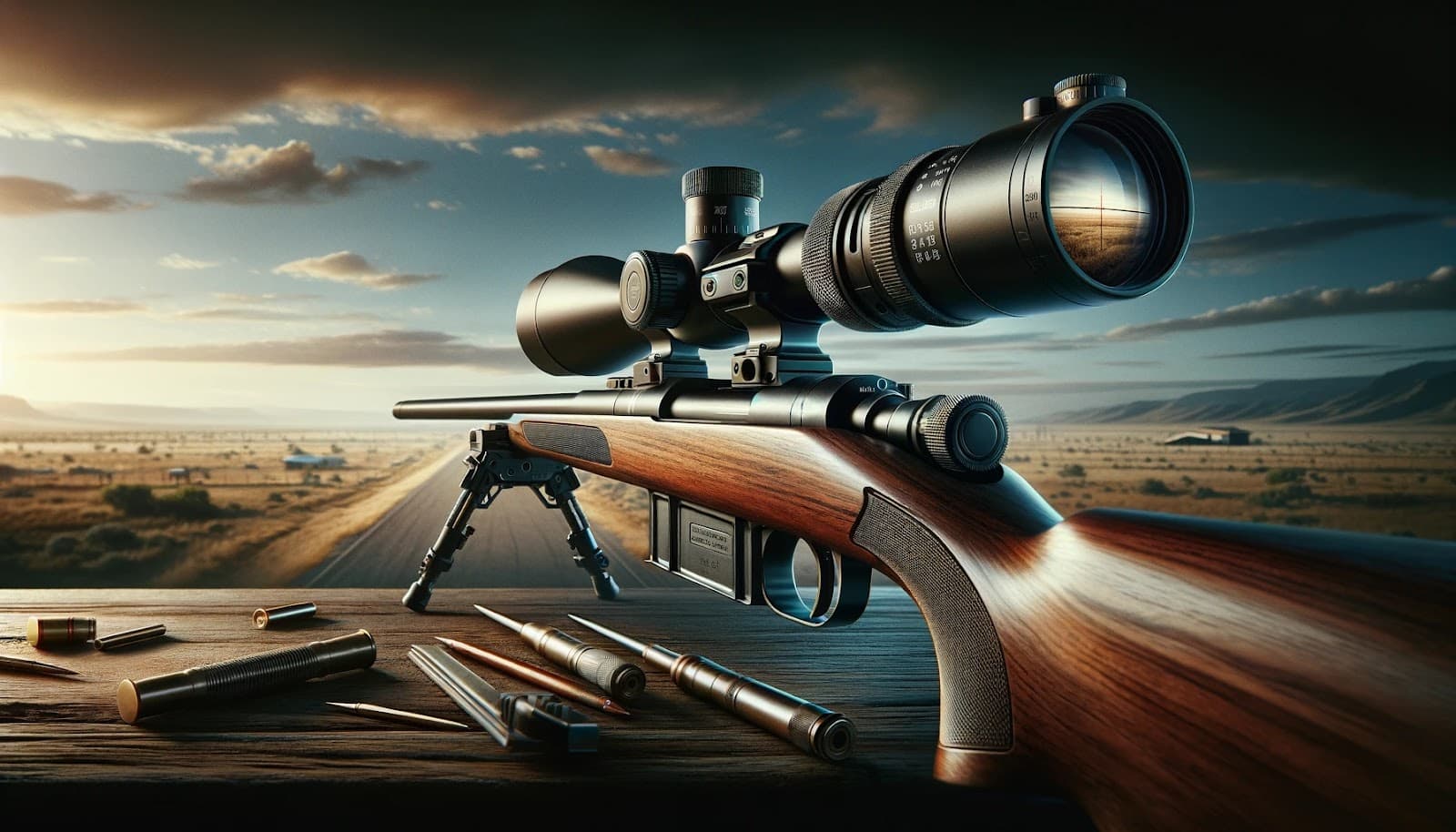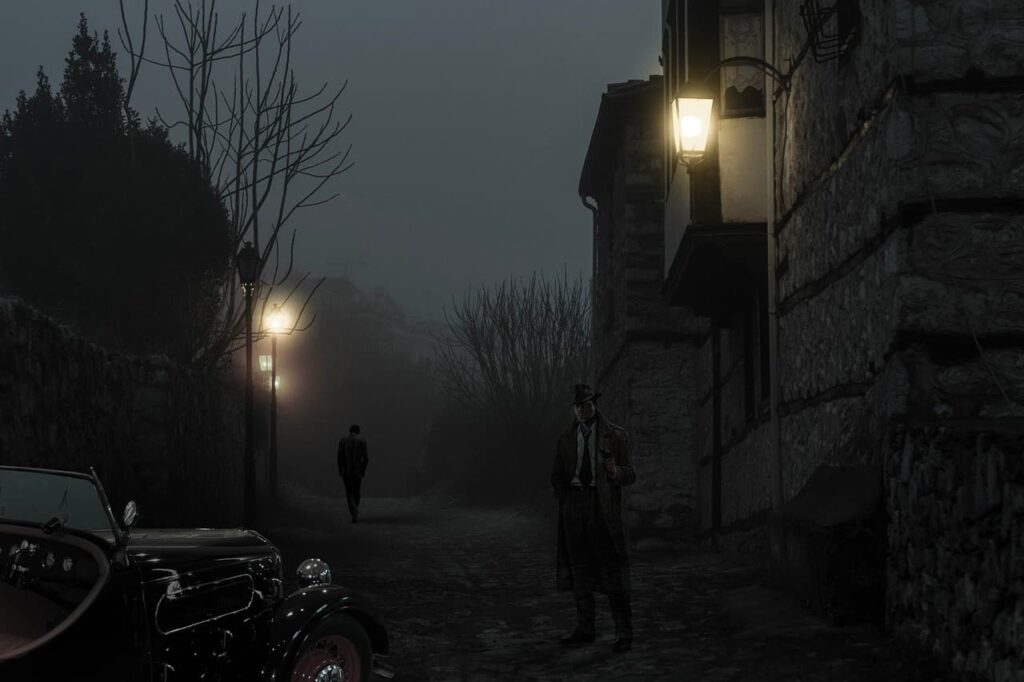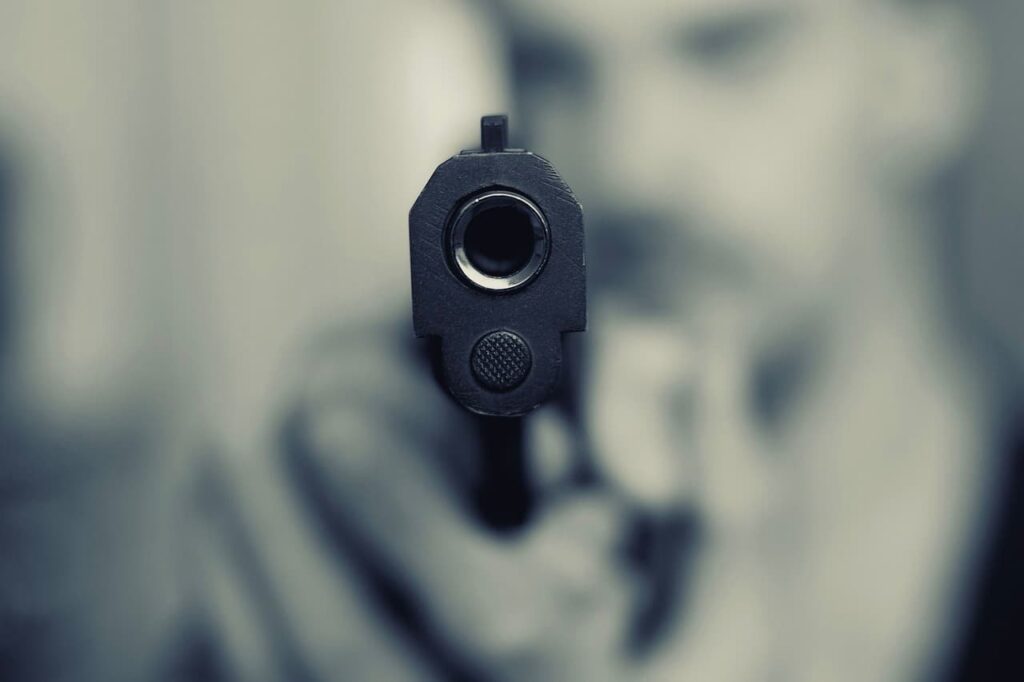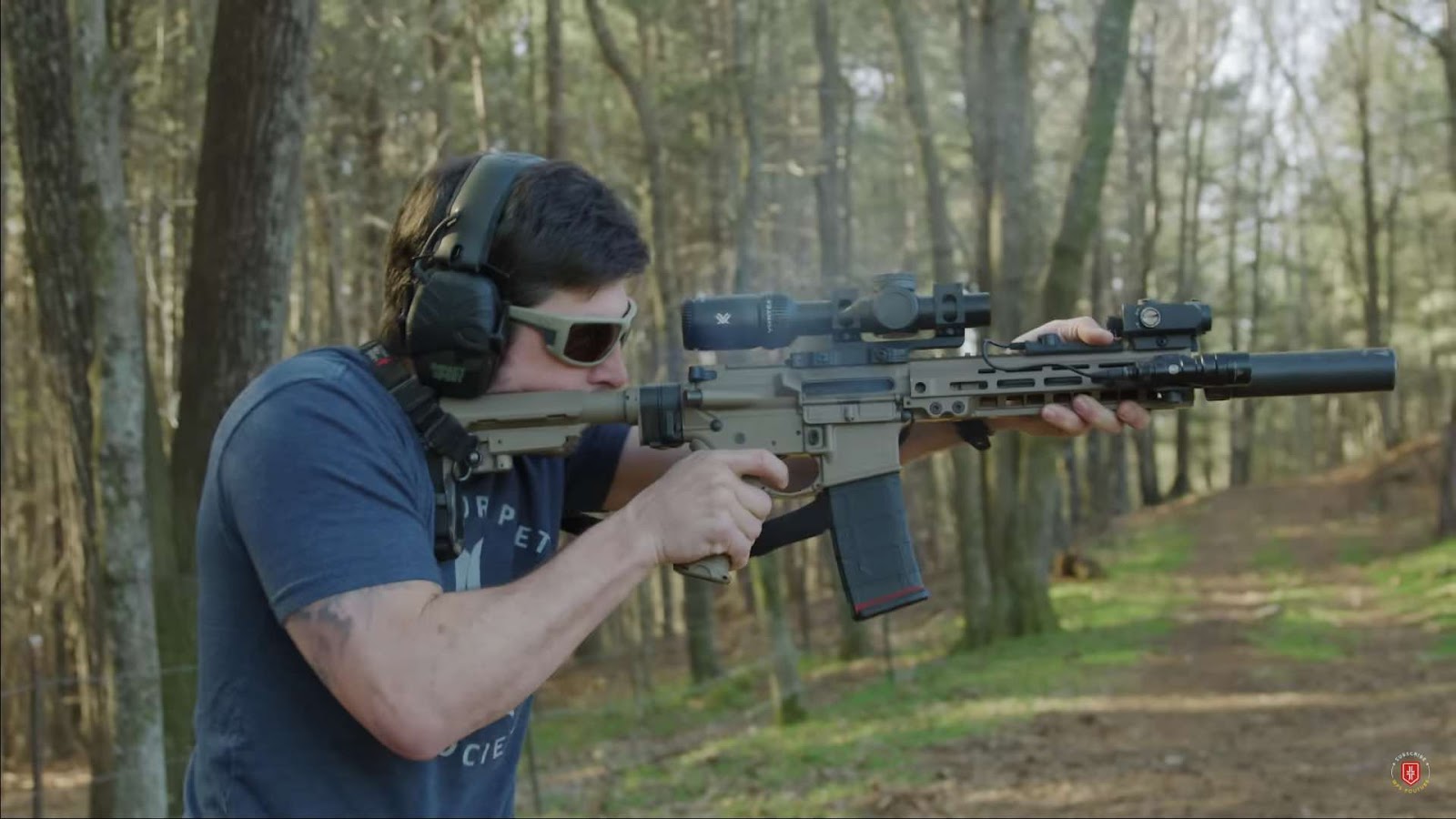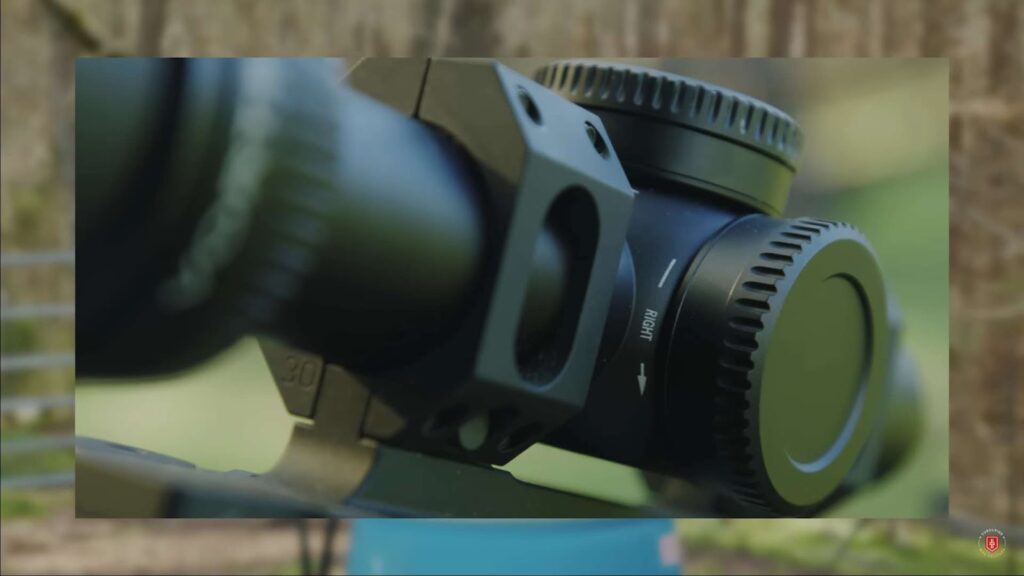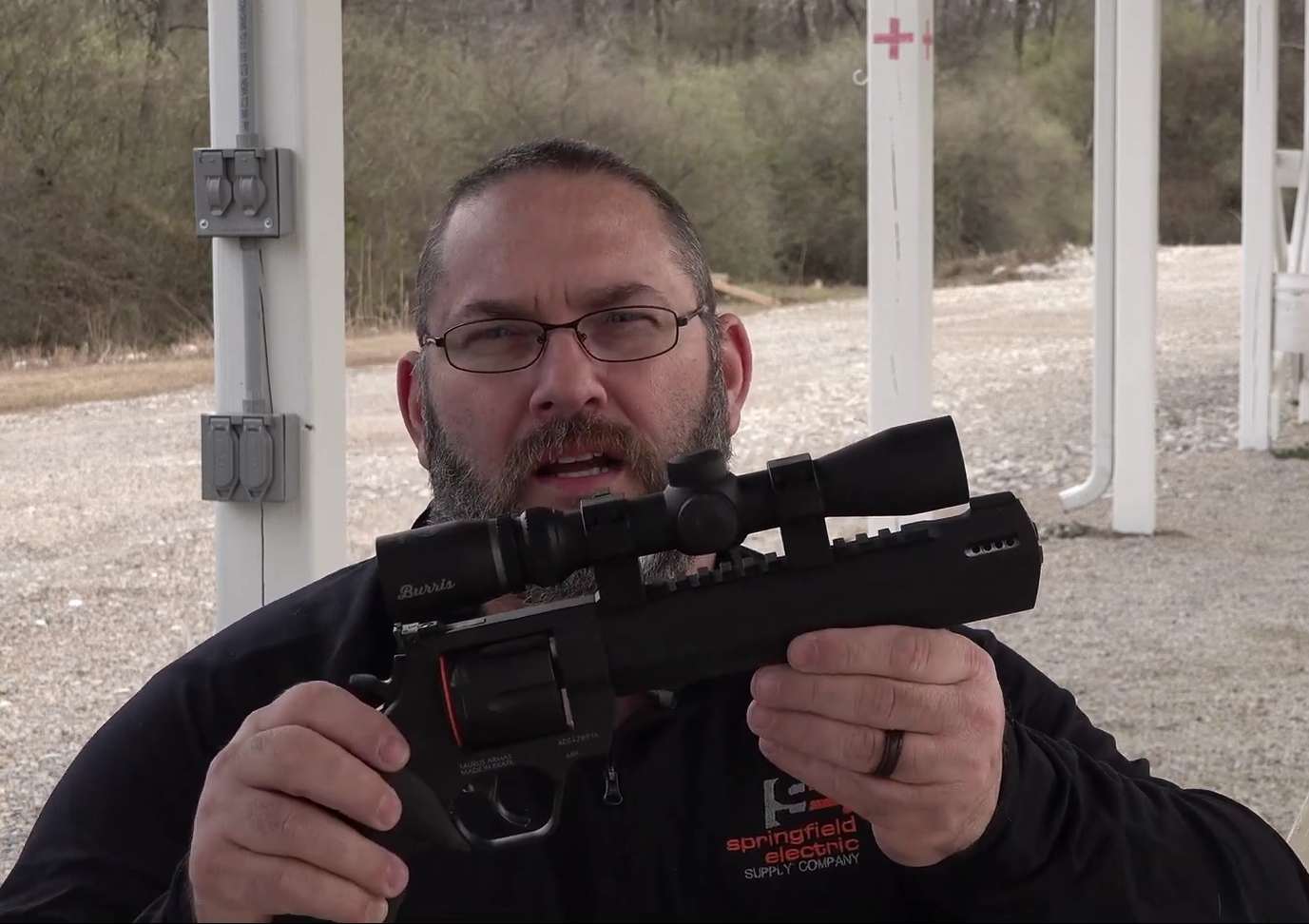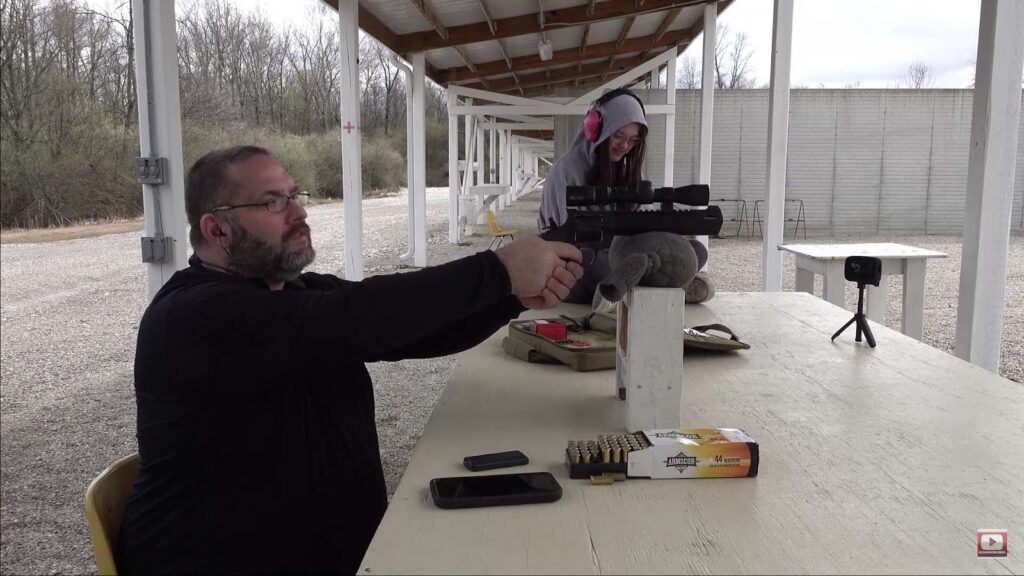Venturing into the wilderness or gazing at the stars requires the right tools to bring distant sights into focus. Whether you’re a birdwatcher, hunter, or casual hiker, the choice between a spotting scope and binoculars can shape your experience. Each offers distinct strengths, tailored to different scenarios, from scanning vast landscapes to zooming in on intricate details. This guide dives deep into their differences, helping you pick the ideal optic for your adventures, with practical insights to ensure you make the most of every moment.
Decoding Optical Tools: What Sets Them Apart
Choosing the right optic starts with understanding the fundamental differences between spotting scopes and binoculars. Both are designed to bring distant objects closer, yet their unique designs cater to distinct purposes and scenarios. Let’s break down their core features to help you make an informed decision.
Binoculars: Your Portable Window to the World
Binoculars are compact, dual-lens devices that provide a natural, two-eyed viewing experience, making them a go-to for adventurers and casual observers alike. Their lightweight design is perfect for those on the move, whether you’re hiking through a forest or cheering at a sports event. For example, enthusiasts often pair binoculars with exciting experiences like those found on https://casinos-europeos.net/, where the thrill of gaming meets the clarity of high-quality optics for spotting details in vibrant settings like casino events or outdoor festivals. Their versatility and ease of use make binoculars a favorite for spontaneous adventures.
- Ease of Carry: Slip them into a backpack or wear them around your neck for effortless portability.
- Broad Perspective: A wide field of view excels at tracking fast-moving subjects, like birds in flight or athletes on a field.
- Instant Use: No setup required—simply pick them up and start exploring.
Spotting Scopes: Zooming in on the Details
Spotting scopes are single-lens powerhouses designed for high magnification and long-range viewing. Often paired with a tripod for stability, they’re the go-to for tasks requiring precision, such as observing distant wildlife or celestial bodies. While less portable, their ability to reveal fine details makes them invaluable for dedicated enthusiasts.
- Powerful Zoom: Magnification ranges from 15x to 60x or more, ideal for far-off targets.
- Steady Viewing: Tripods ensure shake-free images, critical for prolonged observation.
- Niche Applications: Suited for stationary setups, like bird hides or shooting ranges.
Key Considerations for Your Choice
Your optic should match your activities, environment, and preferences. Both binoculars and spotting scopes have unique advantages, and understanding these will steer you toward the right tool. Let’s break down the critical factors to consider.
Magnification: How Close Do You Need to Get?
Magnification defines how much an object is enlarged. Binoculars typically range from 8x to 12x, suitable for most general-purpose activities like hiking or watching sports. Spotting scopes, with their 15x–60x range, excel at bringing distant subjects—like a hawk on a far-off cliff or Jupiter’s moons—into sharp focus.
| Feature | Binoculars | Spotting Scope |
| Magnification | 8x–12x | 15x–60x+ |
| Ideal Use | Close to mid-range viewing | Long-distance, detailed observation |
| Example Scenarios | Concerts, casual birding | Astronomy, wildlife tracking |
Portability: On the Move or Stationary?
Mobility is a major factor, especially for those who love spontaneous adventures. Binoculars, often weighing less than 2 pounds, are easy to carry on hikes or slip into a daypack. Spotting scopes, when paired with tripods, can tip the scales at 5–10 pounds, making them better suited for fixed locations like a campsite or observatory.
- Binoculars: Lightweight and travel-friendly, perfect for dynamic outings.
- Spotting Scopes: Bulkier, ideal for setups where you’ll stay put for a while.
Field of View and Clarity
A wider field of view helps you track fast-moving objects, like a flock of birds or a soccer player sprinting across a field. Binoculars typically offer a field of view between 300–500 feet at 1,000 yards, making them great for dynamic scenes. Spotting scopes, with a narrower 50–150 feet at the same distance, prioritize crisp, high-resolution images for stationary subjects, like a distant mountain goat or a lunar crater.
| Aspect | Binoculars | Spotting Scope |
| Field of View | 300–500 ft at 1,000 yd | 50–150 ft at 1,000 yd |
| Image Clarity | Good for general use | Exceptional for fine details |
| Best For | Moving targets | Static, distant subjects |
Matching Optics to Your Adventures
Different activities demand specific optical capabilities. Whether you’re exploring a national park or stargazing in your backyard, here’s how binoculars and spotting scopes perform in common scenarios.
Birdwatching: Spotting Feathers in Flight
Birdwatching blends the need for portability with the desire for clear visuals. Binoculars are the top choice for casual birders, thanks to their wide field of view, which makes it easier to locate and follow birds flitting through trees. For serious ornithologists studying rare species at a distance, a spotting scope’s high magnification reveals subtle details, like the markings on a warbler’s wings.
- Best Choice: Binoculars (8×42 or 10×42) for general birding; spotting scopes for detailed, long-range observation.
- Tip: Opt for optics with multi-coated lenses for brighter images in low light, like dawn or dusk.
Hunting: Tracking Game with Precision
Hunters need optics that perform across diverse terrains and lighting conditions. Binoculars excel at scanning wide areas to spot game, such as deer moving through a forest. Spotting scopes are ideal for assessing distant targets, like evaluating antler size or tracking animal behavior without getting too close.
| Task | Best Tool | Reason |
| Scouting Terrain | Binoculars | Wide field for quick scanning |
| Long-Range Assessment | Spotting Scope | High zoom for detail |
| Low-Light Hunting | Binoculars with 50mm lenses | Better light capture |
Making the Right Call
Choosing between a spotting scope and binoculars hinges on your lifestyle and goals. Binoculars are the versatile, go-anywhere choice for hikers, casual birders, or event-goers who need quick, easy viewing. Spotting scopes shine for dedicated observers, like astronomers or hunters, who prioritize detail over long distances. Here’s a quick guide to seal your decision:
- Go for Binoculars If: You want a lightweight, all-purpose optic for hiking, sports, or casual wildlife viewing.
- Go for a Spotting Scope If: You need high magnification for stationary, long-range tasks like astronomy or serious birdwatching.
- Consider a Monocular: A lightweight hybrid option for those wanting a balance of portability and zoom.
Final Tips for Choosing
- Test Before You Buy: If possible, try optics in-store to assess comfort and clarity.
- Check Accessories: Ensure binoculars have lens caps and a carrying case; for spotting scopes, invest in a quality tripod.
- Think Long-Term: Higher-quality optics last longer and perform better in challenging conditions.
With these insights, you’re equipped to pick the optic that will elevate your outdoor experiences, bringing every distant detail into vivid focus.

